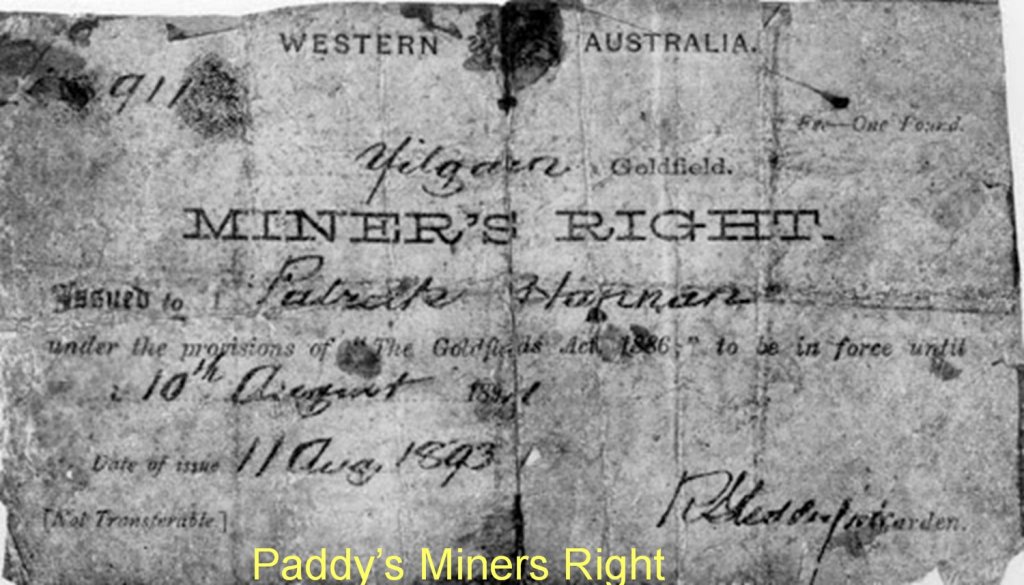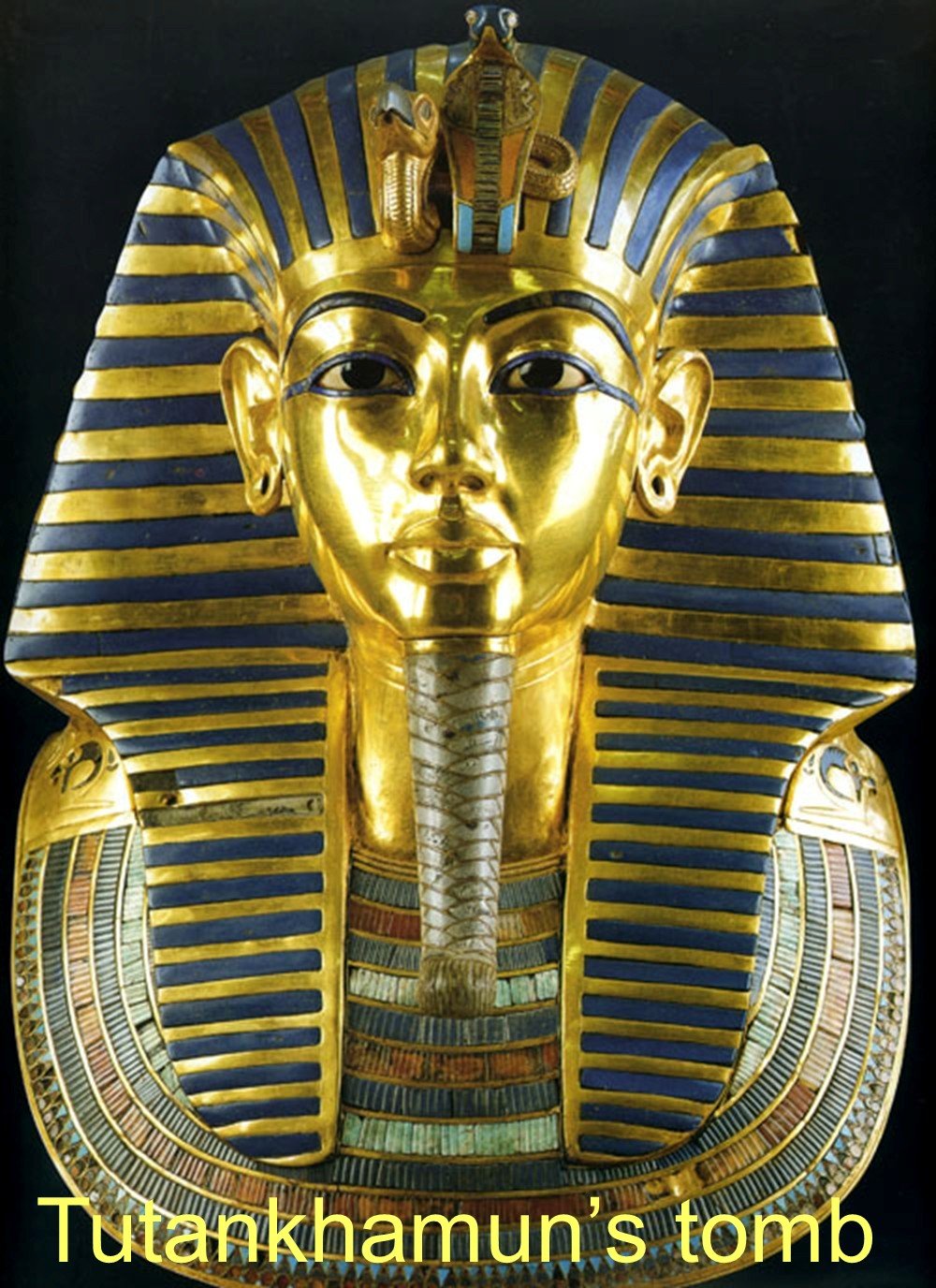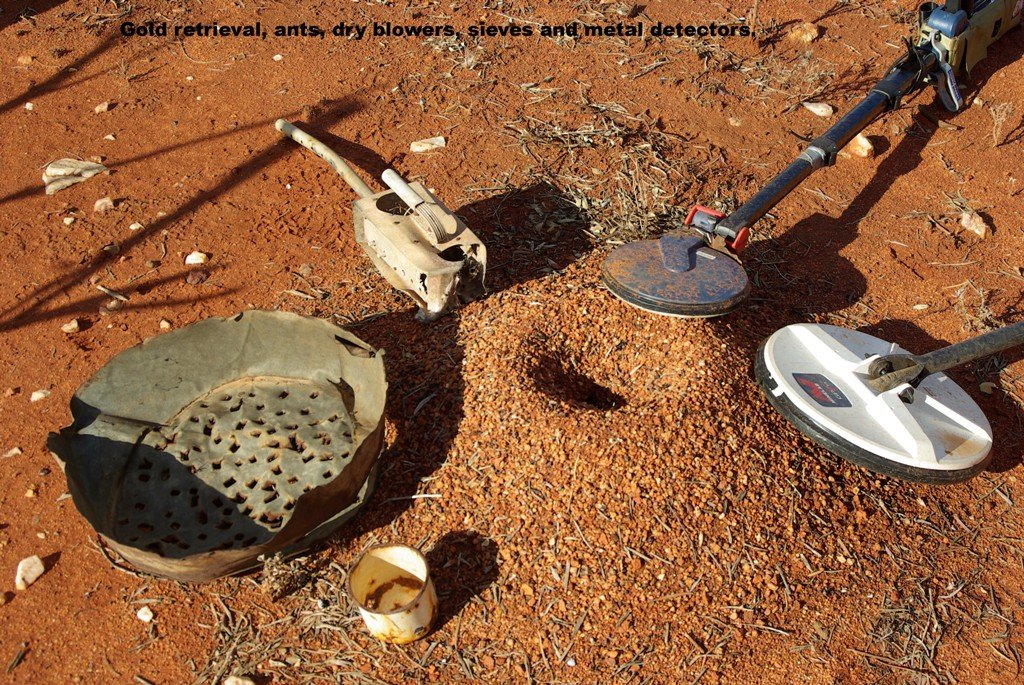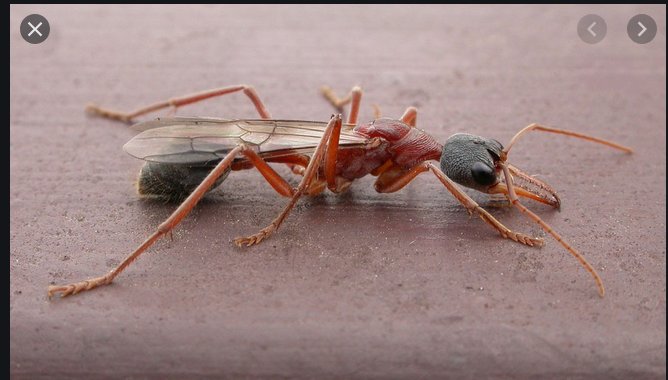Millenniums ago mankind was not the only collector of this valuable metal. It beggars belief that ants played a big part in the discoveries. The ants collected gold deep in the earth and bringing it to the surface, they left indicators for miners to investigate as far back as 5th century BC.
Gold played a very important part in Egyptian history, Egypt had access to the rich gold deposits in Nubia, and this reflected in the ancient Egyptian name for gold, nbw. Centuries later the staggering amount of gold found in Tutankhamuns tomb, discovered in a relatively intact state, illustrated the amount of wealth gathered by these early Kings.
During AD 77/79, Herodotus renowned for his ancient writings about Gold digging ants, claimed they were fox sized ants that brought gold to the surface in India. Physiologus versions claimed they were from Ethiopia. Herodotus goes onto say the residents in the Persian Empire (Eastern India) collected gold dust from the tunnels and mounds the furry ants dug in the gold rich sands.
Later Michel Peissel (French Ethnologist) claimed Herodotus may have been referring to the Himalayan Marmot (Squirrel) as the giant hairy ants. Herodotus never actually saw the ants, he was relying on local Persian translators and may have misunderstood the translation of mountain ant and marmot.
Further on in this story the involvement of ant and man in the recovery of gold is revealed.
Gold through to this day has remained one of the most reliable forms of trade and government stability in most countries.
Gold coins introduced into Australia arrived with the First Fleet in 1788. In 1855 the Sydney Mint began minting our own gold coins. The Melbourne Mint was established in 1872 and in present day is privately owned.
Discovery of rich deposits in Coolgardie followed by the finds by Paddy Hannan, Tom Flanagan & Dan Shea on Mt Charlotte (Todays Kalgoorlie) resulted in diggers flocking to the area from other colonies and from around the world. Sir John Forrest, the first Premier of Western Australia successfully lobbied the British Government for a Royal Mint branch to be built in Perth. Forrest laid the foundation stone in 1896 and the opening of the Perth Mint was in 1899. The Perth Mint remained under the British jurisdiction until it was transferred to the Western Australian Government on the 1st July 1970. Gold refining continued in the original Hay Street mint through until 1990, after which a new refinery was built in Perths eastern suburbs.
Prior to the move an incredible breakthrough in 1957 by a duo of refinery officers Leo Hickey and Alexander Osborne saw a six nines plate of gold refined. The Worshipful Company of Goldsmiths in London measured the gold produced to be 999.999 parts of gold/thousand.
Western Australia to this day remains a leading Australian gold producer, there have been booms and busts but the lure of gold has always remained. In 2020 we saw Alan Bonds Super Pit, (Hannans, OShea and Flanagans find), all those years ago, return too be wholly owned by Australian companies headed by two of Kalgoorlies own School of Mines graduates, Raleigh Finlayson (Saracen Mining Group) and Bill Beament (Northern Star Resources).
While the Super Pit grows, researchers, geologists and prospectors continue the search for gold. Through the ages gold was recovered with picks and shovels and water sluices and ants, later the dry blower entered the search.
The Dry Blower was invented in 1893 by Stephen Lorden & John Banfield while working on the Western Australian goldfields. Banfield sold his share in 1894 and Lorden went onto having the blowers manufactured in Fremantle, WA. Hundreds were sold in the first year, this method of gold recovery revolutionised prospectors life on the goldfields.
Western Australian goldfields were rich in gold however water was very scarce, barely enough for survival, in fact many prospectors died on route to new finds. The lack of water also prevented gold separation by the well used methods, sluices, water races. The dry blower method used a screen to remove larger material and bellows to blow away the fines leaving the heavier gold. The machines were able to be transported by either horse or camel. Stephen Lorden donated his invention in 1897 to the Western Australian Museum.
Let us return to the forgotten ant!
The common belief is that Herodotus misinterpreted information about gold digging ants. Modern day researchers are proving that there is truth in this age old myth. Ants including termites have been found bringing gold to the surface from as much as 5 metre depths. Studies have found that termites may actually mine to a depth of 30metres. Ant and termite mounds have been found to include gold particles, this is a proven fact.
Began my gold prospecting days back in the 80s, starting out with the then new Garrett Deepseeker metal detector. These machines were the beginning of another gold rush that swept gold producing countries around the world. Australia was high on the list with detector sales. Unbeknown all this time ants had been toiling away. From the beginning of the Deepseeker I occasionally found small nuggets in ant mounds however didnt place any importance on the finds. Over the years of prospecting it wasnt uncommon to stop for lunch, light a small fire and boil the billy. During these times quite often there was an ant mound close bye and we would drop a few leftovers for them to drag into their home. One occasion I observed one ant struggling to drag a piece of biscuit up the mound. He had his legs in low range 6WD but was still spinning the pads. I next observed another ant rush towards him and I thought a dust up was inevitable in a fight for the morsel to please the Queen. No, his mate latched onto the morsel and with a team effort they both hauled it up and over the mound down into the hole. Thats what you call a good old Aussie team effort. No doubt they shared load bringing gold to the surface?
Accompanying this story are photos of the Rhytidoponera ants going about their daily business. Hidden in their mounds are tiny pieces of gold they have brought to the surface and in my case found with a metal detector.
All those years ago Herodotus may have confused squirrels with ants but we do know today, it is a fact; ants do mine gold and include it in the building of their homes.
The accompanying photo was where I detected a nugget. After this photo was taken I replaced the dirt removed back into the mound.
These little fellas can give you a painful sting so beware if you start pulling their home apart.




Finally we have an image of the very early gold prospectors advancing through the ages, the Rhytidoponera ant mound, a sieve and cup from a long forgotten campsite, an early Garrett either lost or abandoned many years ago, through to todays popular SDC- 2300 & GPZ-7000.
All these methods for finding gold were and are successful in this great hobby of ours.

Gold played a very important part in Egyptian history, Egypt had access to the rich gold deposits in Nubia, and this reflected in the ancient Egyptian name for gold, nbw. Centuries later the staggering amount of gold found in Tutankhamuns tomb, discovered in a relatively intact state, illustrated the amount of wealth gathered by these early Kings.
During AD 77/79, Herodotus renowned for his ancient writings about Gold digging ants, claimed they were fox sized ants that brought gold to the surface in India. Physiologus versions claimed they were from Ethiopia. Herodotus goes onto say the residents in the Persian Empire (Eastern India) collected gold dust from the tunnels and mounds the furry ants dug in the gold rich sands.
Later Michel Peissel (French Ethnologist) claimed Herodotus may have been referring to the Himalayan Marmot (Squirrel) as the giant hairy ants. Herodotus never actually saw the ants, he was relying on local Persian translators and may have misunderstood the translation of mountain ant and marmot.
Further on in this story the involvement of ant and man in the recovery of gold is revealed.
Gold through to this day has remained one of the most reliable forms of trade and government stability in most countries.
Gold coins introduced into Australia arrived with the First Fleet in 1788. In 1855 the Sydney Mint began minting our own gold coins. The Melbourne Mint was established in 1872 and in present day is privately owned.
Discovery of rich deposits in Coolgardie followed by the finds by Paddy Hannan, Tom Flanagan & Dan Shea on Mt Charlotte (Todays Kalgoorlie) resulted in diggers flocking to the area from other colonies and from around the world. Sir John Forrest, the first Premier of Western Australia successfully lobbied the British Government for a Royal Mint branch to be built in Perth. Forrest laid the foundation stone in 1896 and the opening of the Perth Mint was in 1899. The Perth Mint remained under the British jurisdiction until it was transferred to the Western Australian Government on the 1st July 1970. Gold refining continued in the original Hay Street mint through until 1990, after which a new refinery was built in Perths eastern suburbs.
Prior to the move an incredible breakthrough in 1957 by a duo of refinery officers Leo Hickey and Alexander Osborne saw a six nines plate of gold refined. The Worshipful Company of Goldsmiths in London measured the gold produced to be 999.999 parts of gold/thousand.
Western Australia to this day remains a leading Australian gold producer, there have been booms and busts but the lure of gold has always remained. In 2020 we saw Alan Bonds Super Pit, (Hannans, OShea and Flanagans find), all those years ago, return too be wholly owned by Australian companies headed by two of Kalgoorlies own School of Mines graduates, Raleigh Finlayson (Saracen Mining Group) and Bill Beament (Northern Star Resources).
While the Super Pit grows, researchers, geologists and prospectors continue the search for gold. Through the ages gold was recovered with picks and shovels and water sluices and ants, later the dry blower entered the search.
The Dry Blower was invented in 1893 by Stephen Lorden & John Banfield while working on the Western Australian goldfields. Banfield sold his share in 1894 and Lorden went onto having the blowers manufactured in Fremantle, WA. Hundreds were sold in the first year, this method of gold recovery revolutionised prospectors life on the goldfields.
Western Australian goldfields were rich in gold however water was very scarce, barely enough for survival, in fact many prospectors died on route to new finds. The lack of water also prevented gold separation by the well used methods, sluices, water races. The dry blower method used a screen to remove larger material and bellows to blow away the fines leaving the heavier gold. The machines were able to be transported by either horse or camel. Stephen Lorden donated his invention in 1897 to the Western Australian Museum.
Let us return to the forgotten ant!
The common belief is that Herodotus misinterpreted information about gold digging ants. Modern day researchers are proving that there is truth in this age old myth. Ants including termites have been found bringing gold to the surface from as much as 5 metre depths. Studies have found that termites may actually mine to a depth of 30metres. Ant and termite mounds have been found to include gold particles, this is a proven fact.
Began my gold prospecting days back in the 80s, starting out with the then new Garrett Deepseeker metal detector. These machines were the beginning of another gold rush that swept gold producing countries around the world. Australia was high on the list with detector sales. Unbeknown all this time ants had been toiling away. From the beginning of the Deepseeker I occasionally found small nuggets in ant mounds however didnt place any importance on the finds. Over the years of prospecting it wasnt uncommon to stop for lunch, light a small fire and boil the billy. During these times quite often there was an ant mound close bye and we would drop a few leftovers for them to drag into their home. One occasion I observed one ant struggling to drag a piece of biscuit up the mound. He had his legs in low range 6WD but was still spinning the pads. I next observed another ant rush towards him and I thought a dust up was inevitable in a fight for the morsel to please the Queen. No, his mate latched onto the morsel and with a team effort they both hauled it up and over the mound down into the hole. Thats what you call a good old Aussie team effort. No doubt they shared load bringing gold to the surface?
Accompanying this story are photos of the Rhytidoponera ants going about their daily business. Hidden in their mounds are tiny pieces of gold they have brought to the surface and in my case found with a metal detector.
All those years ago Herodotus may have confused squirrels with ants but we do know today, it is a fact; ants do mine gold and include it in the building of their homes.
The accompanying photo was where I detected a nugget. After this photo was taken I replaced the dirt removed back into the mound.
These little fellas can give you a painful sting so beware if you start pulling their home apart.




Finally we have an image of the very early gold prospectors advancing through the ages, the Rhytidoponera ant mound, a sieve and cup from a long forgotten campsite, an early Garrett either lost or abandoned many years ago, through to todays popular SDC- 2300 & GPZ-7000.
All these methods for finding gold were and are successful in this great hobby of ours.







